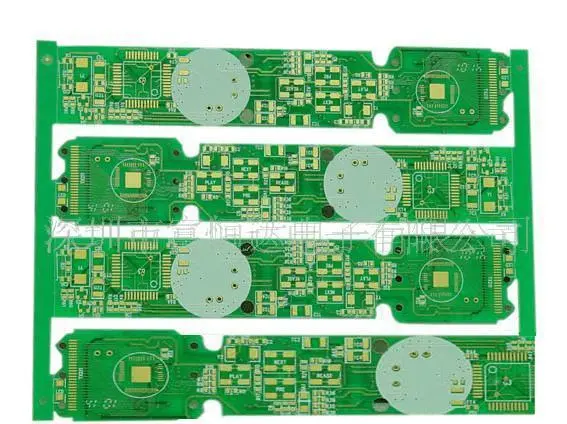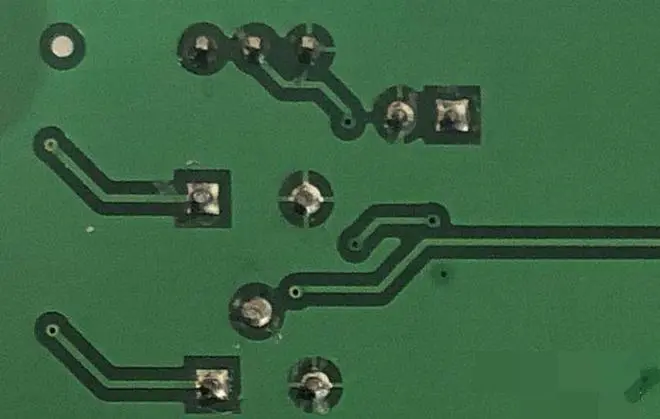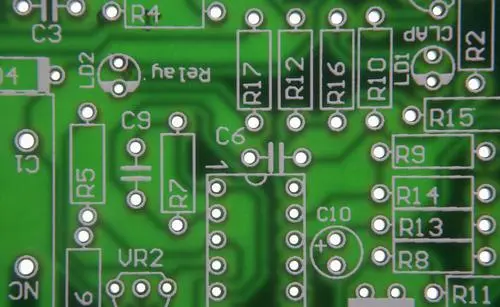
A PCB capable of withstanding any electrical, mechanical or structural adverse effects throughout its expected life is undoubtedly the goal of this product. Circuit board construction process. These targets are equally divided by PCB manufacturing and PCB assembly. For manufacturing, the threat is cracking and breakage, while for assembly, the threat is an open circuit or short circuit that may damage components and circuit boards. These threats can be mitigated or even eliminated through the best electronic pcb assembly process. What is the best electronic PCB Assembly? Let's answer that question first, and then define a way to ensure its implementation.
What is the best electronic PCB assembly?
The steps of PCB assembly or about half of PCB development and manufacturing stage. In fact, all these are concentrated on the preparation plate for component installation, and the components are actually installed or firmly installed. Follow these steps to meet your general requirements for Surface Mount Technology (SMT) or through-hole components, in most cases. However, following the steps below does not guarantee that the manufacturing of the circuit board will meet the quality, reliability or speed goals.
Except for the simplest circuit, all circuit board designs usually have constraints, restrictions or special conditions that PCB development must comply with. These may include or belong to one of the following:
Delivery Schedule Limits

For many designers, one of the most important aspects is manufacturing turnaround time. The ability of CM rapid building blocks can greatly affect the development cycle time.
Operational lifecycle
If your design is used for critical systems, such as Class 3 medical devices, reliability is particularly important, because system failures may lead to misdiagnosis and even loss of life.
Component limitations
Many industries and original equipment manufacturers (OEMs) have strict requirements for components that can be used in their systems. For example, the military and its suppliers, the aerospace industry, require that the supply chain be documented to avoid counterfeiting components.
Acceptance quality level (AQL) limit
Quality should always be the top priority, as it will affect your production level and return on investment (ROI). However, some customers have higher standards, which may be due to environment or extended deployment concerns.
Manufacturability level
Depending on the system your board belongs to, acceptable performance can be at various manufacturing levels. To meet the highest requirements, IPC-6011 is the level defined for PCB. The requirement for assembly is to minimize defects and ensure that end users can rely on its high level of performance.
Yield target
Another important indicator that directly affects the product development cost is the rate of return, that is, the ratio of used boards to actually constructed boards. Maximizing this rate is the production goal of each design and should also be the production goal of each PCB design, because it plays an important role in determining your profit margin.
Test requirements
The only way to assess the board's ability to achieve its intended objectives is through testing. This test may be a design test to evaluate the design or a manufacturing test to evaluate the physical properties of the board in the following ways.
Regulations and standards
All boards are regulated. As a minimum, there are standards for plate structure and materials. There is also quality management and risk mitigation. If your PCB will be used in sensitive or critical systems (such as medical equipment and aerospace systems), this standard is the standard.
Since electronic PCB assembly is the last stage of circuit board manufacturing, it is responsible for verifying that your circuit board meets all applicable standards (such as those listed above). Therefore, the best electronic PCB assembly depends not only on the process of firmly connecting components, but also on the ability to identify design and manufacturing defects, which will make it difficult or impossible to achieve a good and safe connection.
How do you ensure the best electronic PCB assembly?
Functionally, the electronic PCB assembly is performed by the contract manufacturer (CM). However, your CM is limited by the data and information you provide. Therefore, your design decisions play a crucial role in the assembly process. Following these recommendations will greatly help your CM achieve the best electronic PCB assembly for your design.
Suggestions on the best electronic PCB assembly
Select the right components - purchase components from reliable sources and plan for possible shortages.
Make sure your design package is accurate and complete - the best rule of thumb is to design data clearly. This includes not only materials, layout and stacking, but also images, descriptions and any special considerations.
Make sure your BOM matches your layout - check carefully to avoid mismatches between component encapsulation and BOM component encapsulation. Otherwise, you may face board delay and extended turnaround time.
Use SMT and avoid using through hole components as much as possible - Soldered surface mount devices (SMDs) and through hole components are different processes; Therefore, both processes take longer, and when many components become through holes, it takes longer.
Use single-sided pcb component placement - similar to using different PCB welding techniques, top and bottom mounting takes longer than single-sided mounting.






